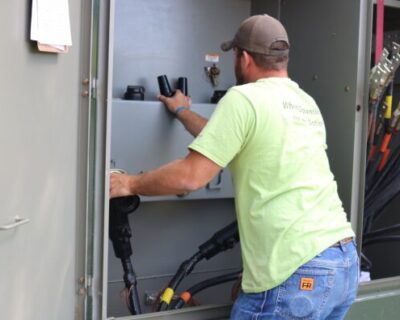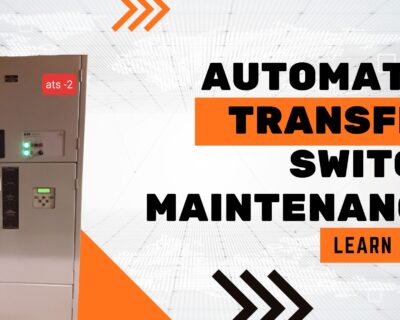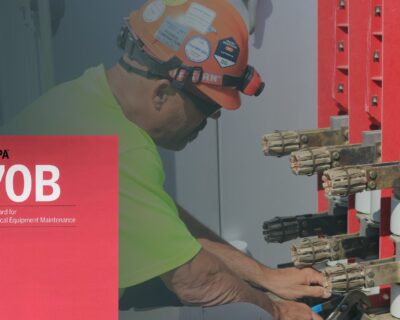Learn
Avoid Power Loss with Electrical Maintenance
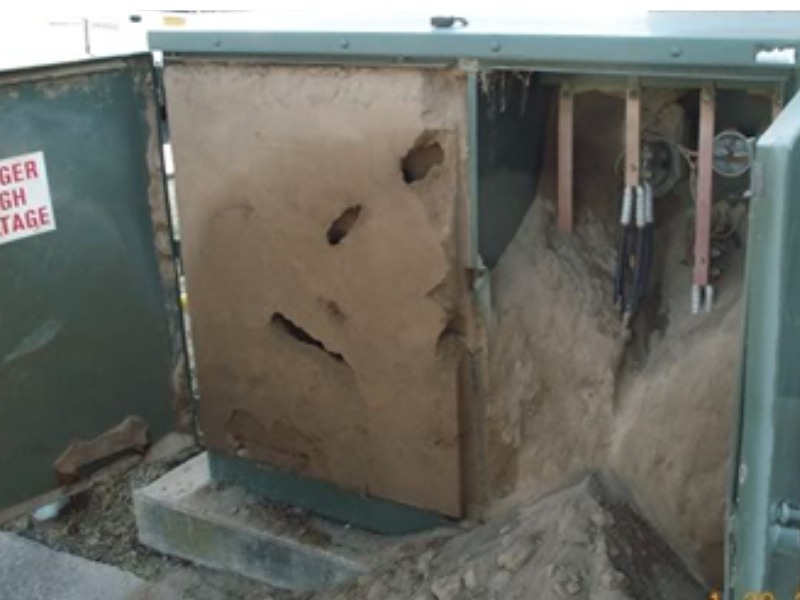
Facilities have little or no control over power loss from their power utility company. However, when a facility invests in a backup power system, the expectation for reliable power is high. The impact of a power loss at such a facility and on those employees responsible for reliable power can be significant. Imagining a power loss is not a pleasant thought for a facility manager. They are in charge of the facility’s electrical maintenance and it is expected for them to avoid power loss. Everyone is looking to them for answers. The stress of production and financial loss is often unbearable. How can this situation be substantially mitigated? Electrical maintenance.
It is not uncommon for facility managers to overlook the electrical apparatus because “It has no moving parts!” Yet, breakers, transformers, cables, and relays all fail at some point. Facilities managers implement electrical maintenance programs because they lived the stress of downtime or had training on electrical maintenance and its benefits. Electrical maintenance pays.
What are some examples of electrical failures?
The photos below show excess debris from spiders, dust, and vegetation. This can create issues, causing tracking and leading to equipment failure. These issues were found, corrected, and cleaned out before a problem could occur. Without electrical maintenance, both examples would lead to power loss in the future.
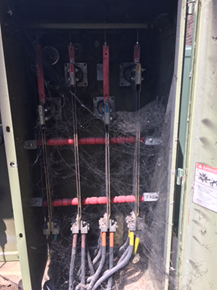
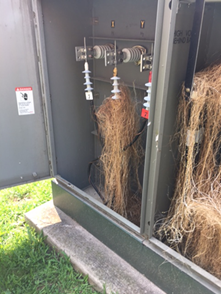
What is needed to get started?
Whether the facility is experiencing a power loss emergency or is planning electrical maintenance, it starts with an up-to-date electrical one-line drawing showing all the electrical apparatus and logic of your electrical power systems. With a one-line drawing, a professional can identify all the apparatus and make the appropriate recommendations. Here are some of the items the electrical maintenance professional will identify:
- Switchgear and Switchboard Assemblies
- Transformers
- Cables
- Switches
- Circuit Breakers
- Protective Relays
- Instrument Transformers
A facility manager does not need to understand everything about the electrical apparatus that is in the facility. However, being aware of the equipment that needs maintenance, doing the maintenance, and knowing what to do in an emergency is a best practice.
In addition, electrical maintenance often requires de-energizing the power system. Therefore, it is A good electrical maintenance program that trades emergency downtime for scheduled downtime. As a result, stress and financial losses are diminished, and confidence in the facility is maintained.
The staff at Utilities Instrumentation Service understand what needs to be done if downtime is not an option at your facility. We want to help keep your electrical apparatuses running as efficiently and effectively as possible and avoid power loss. Learn more by downloading our Why, What, When, and Who of Electrical Maintenance white paper.



